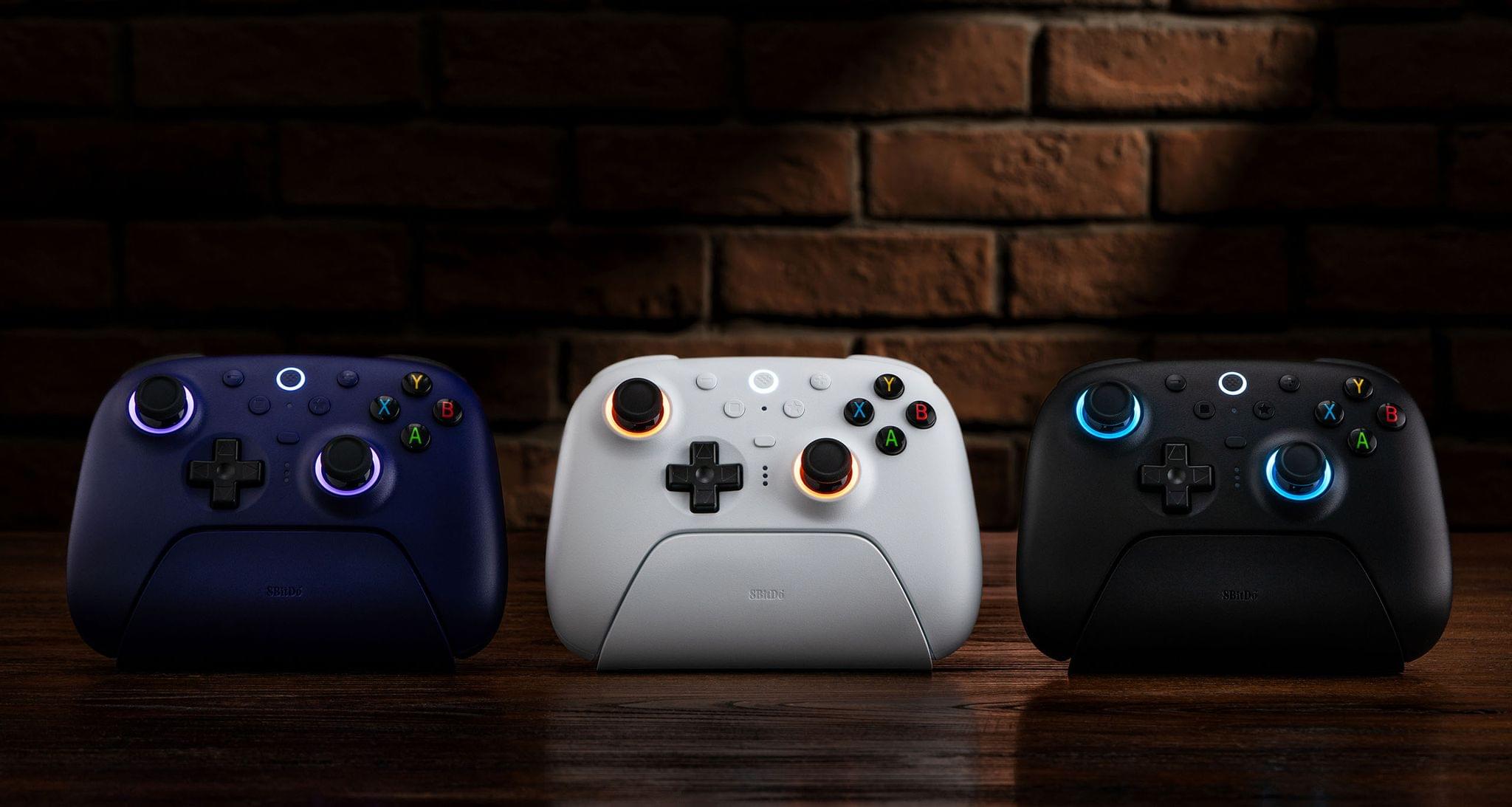The Twenty Thousand Hertz podcast’s latest episode celebrates the 40th anniversary of Apple’s accessibility efforts. Through a series of interviews with Apple’s Sarah Herrlinger, Ron Huang, Deidre Caldbeck, and Erick Treski, host Dallas Taylor explores the history of accessibility features in Apple products. It’s an excellent oral history that weaves historical insights and present-day technological advancements in a fascinating way.
Beyond the tech of it all, though, what really comes through is the importance of the accessibly work that goes into Apple’s hardware and the impact it has on so many lives:
[Dallas Taylor, Show Host:] For years now, I’ve been talking about how hearable technology was eventually gonna combine headphones, earplugs, hearing aids, virtual assistants, and more into one earbud-like device that we can theoretically leave in all day. This is the kind of technology that I’m most passionate about because it goes so far beyond just convenience or entertainment. It’s the stuff that literally changes people’s lives and helps people connect with each other through sound.
[Deidre Caldbeck, Apple’s senior director of product marketing for Apple Watch and Health] For me, when I started to work on Apple Watch and then soon after Health, to be able to hear some of these stories we’ve been sharing today, I just felt very fortunate that this was my actual job. This is my profession, that I get to work with these brilliant people that come up with these features that anyone can use and anyone has the potential of having their lives changed.
[Dallas Taylor, Show Host:] Now, designing for accessibility comes with a lot of challenges, but when you approach those challenges with empathy and creativity, the result is often a better product for everyone.
[Sara Herrlinger, Apple’s senior director of global accessibility policy and initiatives:]: We’re all unique in the world, and accessibility features may be life hacks to one person and they may be necessities to another, but we’re always just trying to make sure that we have features that work for everyone.
You can listen to the full episode on Apple Podcasts, Spotify, and the Twenty Thousand Hertz website.
























